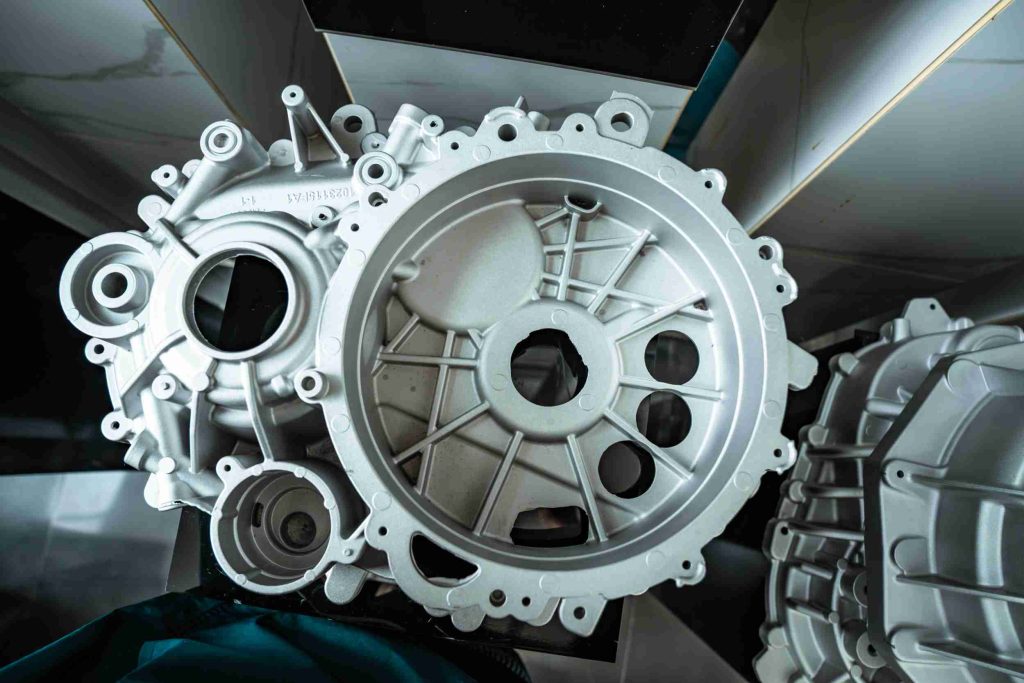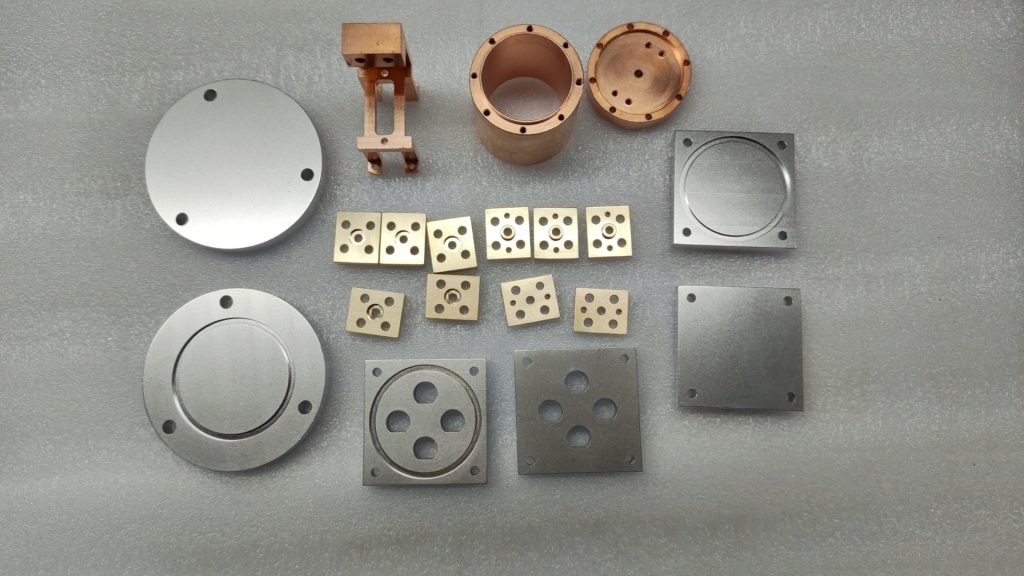Aluminum machining parts have become ubiquitous in modern industries. From automotive components to aerospace structures, these precision-crafted parts play a critical role in numerous applications. Given their widespread use, the ability to produce superior aluminum machining parts has become increasingly important. This paper will delve into various strategies and techniques to enhance the quality and performance of these components.

I. Enhancing the Basic Requirements for Aluminum Machining Parts
1.1 Precision Requirements
- Dimensional Accuracy: To ensure optimal performance and assembly, aluminum machining parts must adhere to stringent tolerance limits. These tolerances dictate the allowable variation in part dimensions, preventing misalignment, interference, and other issues.
- Geometric Accuracy: Beyond dimensional accuracy, the geometric form of the part is critical. Features such as angles, radii, and profiles must conform precisely to the design specifications. Geometric deviations can impact part functionality, assembly, and overall product quality.
1.2 Surface Finish Requirements
- Surface Roughness: The surface texture of aluminum machining parts significantly influences their performance, appearance, and compatibility with other components. A well-controlled surface finish can enhance lubrication, reduce friction, and improve corrosion resistance. Surface roughness is measured in microinches or micrometers and is often specified in industry standards.
- Surface Integrity: A pristine surface is essential for the long-term reliability and durability of aluminum machining parts. The surface should be free from defects like burrs, scratches, and machining marks that can act as stress concentrators, leading to fatigue failure. Additionally, a smooth surface minimizes the risk of particle contamination, which can adversely affect sensitive assemblies.

II. The Pivotal Role of CNC Machining in Aluminum Part Production
CNC machining, a process controlled by computer numerical control, has revolutionized the production of aluminum components. By utilizing precise numerical code, CNC machines can execute intricate machining operations with exceptional accuracy and repeatability.
- Enhanced Precision: CNC machining offers unparalleled precision in aluminum part production. Through precise programming, CNC machines can achieve extremely tight tolerances, ensuring that components fit together flawlessly. This level of accuracy is essential for applications demanding high precision, such as aerospace and automotive industries.
- Complex Geometry: The versatility of CNC machining enables the creation of intricate and complex shapes that would be difficult or impossible to produce using traditional methods. The ability to generate complex contours, undercuts, and three-dimensional features has expanded the design possibilities for aluminum components.
- Surface Finish Optimization: The quality of the surface finish on an aluminum component is significantly influenced by CNC machining parameters. By carefully selecting cutting tools and optimizing parameters such as spindle speed and feed rate, manufacturers can achieve a wide range of surface finishes, from mirror-like surfaces to textured finishes. This enables tailored solutions for various applications, including those requiring high aesthetic appeal or specific functional properties.

III. Other Factors Affecting the Quality of Aluminum Machined Parts and Improvement Measures
The quality of aluminum machined parts is influenced by a variety of factors beyond the CNC machining process itself.
- Raw Material Selection: The choice of aluminum alloy can significantly impact the final product. Different alloys possess varying properties such as strength, machinability, and corrosion resistance. Selecting the appropriate alloy for a specific application is crucial.
- Process Optimization: The machining process itself can be optimized to improve part quality. Techniques such as preheating or cooling can help to reduce thermal stresses and improve dimensional accuracy. Additionally, the sequence of machining operations should be carefully planned to minimize distortion and improve overall finish.
- Operator Skill and Training: The skill and experience of the machinist play a vital role in producing high-quality aluminum parts. Operators must be well-versed in CNC programming, tool selection, and the specific characteristics of aluminum alloys.

IV. Quality Inspection and Control for Aluminum Machined Parts
4.1 Comprehensive Inspection Methods
- Dimensional Verification: Employing precision measuring instruments such as calipers, micrometers, and coordinate measuring machines (CMMs) to ensure that parts conform to specified tolerances.
- Surface Finish Evaluation: Assessing the surface quality using techniques like profilometry and visual inspection to verify adherence to surface roughness and finish requirements.
- Non-Destructive Testing (NDT): Utilizing NDT methods, including ultrasonic testing, eddy current testing, and X-ray inspection, to detect internal defects like voids, cracks, and inclusions without compromising part integrity.
4.2 Rigorous Quality Standards
- Dimensional Tolerances: Precisely defining acceptable variations in part dimensions to ensure proper fit and function.
- Surface Finish Specifications: Clearly outlining the desired surface finish, including roughness and texture requirements.
- Material Property Requirements: Specifying the necessary mechanical properties, such as tensile strength, yield strength, and elongation, to meet specific application demands.
4.3 Proactive Process Monitoring
- Cutting Tool Condition: Regular inspection and replacement of worn or damaged cutting tools to maintain optimal cutting performance and part quality.
- Machine Tool Performance: Monitoring machine tool accuracy, vibration, and thermal stability to ensure consistent machining results.
- Environmental Factors: Controlling factors like temperature, humidity, and coolant quality to minimize their impact on part quality.

Summary
The production of high-quality aluminum machined parts is a dynamic and evolving field. While significant advancements have been made, ongoing efforts are necessary to improve quality and efficiency further. Future developments in materials science, machining technology, and quality control methodologies will continue to shape the industry. By embracing innovation adopting best practices and choosing the professional CNC machining service supplier JTR as your partner, you can position yourself at the forefront of aluminum machining.









